Before you can grow your own food, you need a place to plant it, and for that you’ll need a garden bed prepped and ready for food production.
A poorly chosen location will only waste your carefully collected seeds and crop material. It’s at least a set-back to your plans, but at worst it can be the difference between success and total failure.
Site Considerations
Ideally you’re going to be able to plan out your garden bed before you ever need to utilize it, but life doesn’t always work out that way.
We’re going to look at what goes into the two options you’ve got for establishing your growing area (a prepared garden and an impromptu one), and also touch on a few calorie-dense foods you can start growing right away.
A few key factors go into any survival garden.
You’ll need to do all of the following prep work for a site you prepare ahead of time, or one you’re thrust into without warning.
Location, Location, Location
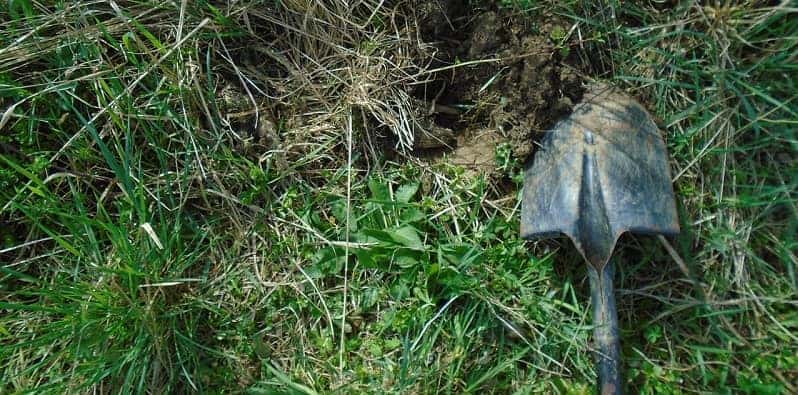
The most important aspect of growing is selecting the appropriate location. It’s tempting to consider stripping the weeds from a pit of dirt, tilling it once or twice, and then plopping in your vegetables.
This method is marginally successful at best.
Like most aspects of life, when growing vegetables an ounce of prevention is worth a pound of cure.
Vegetables need a good eight-hours of sunlight every day to grow to their potential. In general it’s best to find a spot where the plants will receive early and mid day sun and have some shade for the hottest parts of the late afternoon.
The ideal solution is to put the survival garden in a place where it naturally receives shading in the late-afternoon; this could be from trees, a dwelling, or similar permanent structure.
Another easy option is to set up a shade cloth that blocks the plants from the worst of the sun.
Establishing Your Vegetable Bed
Find an area that has minimal weed cover. Using a few basic hand tools like a shovel and a hoe you can scrape away any existing turf and dispose of it.
The next few inches of the soil usually contain the roots and rhizomes of undesirable plants waiting to pop up and compete with your vegetables for resources. You’ll want to remove this layer of soil as well; consider re purposing it elsewhere.
Dig out another few inches of soil to fortify the area; combine peat moss/compost/pre-mixed garden soil and clean top soil in a 1:1 ratio. If this is as far as you get, that’s pretty good.
If you have access to other soil amendments like sand or clay, you’re off to an even better start.
Sand and clay can be added in smaller amounts to the soil. It shouldn’t constitute a major portion of your soil mixture, but it is beneficial in modest amounts.
A key factor in every survival garden is water. By adding compost and other organic material, a little bit of clay, and some sand to the bed, you’re preparing for an inevitable drought by establishing a bed that is water smart.
Mix these things together until it reaches an even composition. It should look deceivingly delicious, like a good cake mix or brownie mix. Light and fluffy is the goal. Once the area is filled back in, you’ve got yourself a garden ready for planting.
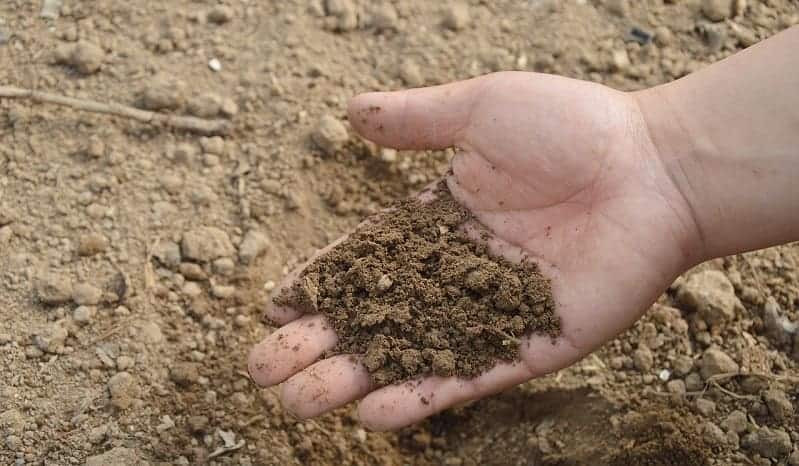
Watering and Feeding Your Vegetables
Watering vegetables can be tricky.
You’ll need to have plenty of water available to give the plants what they need to drink. This can be water from a natural source, a well, or from rain barrels.
In general, vegetables would rather be a little dry than too wet. Keep that in mind when tending to the crop and evaluating your water situation.
Likewise feeding and nutrition can be a problematic area for newcomers and experts alike. Lets look at a few key points about vegetable fertilization and health requirements.
Watering Your Vegetables
It may seem unlikely but vegetables and plants tend to suffer from too much water rather than too little.
When water collects on foliage and leaves it can become a breeding ground for bacteria, disease, and pests. The leaves can even be damaged from the sun’s rays when their are water droplets functioning like magnifying glasses all over their leaves.
Fungal problems can eliminate entire crops if there’s too much water. Powdery mildew is the most common and regularly-encountered side effect of too much watering and can destroy entire crops if left unchecked.
Tomatoes can suffer from blossom end rot (rotten tomato fruits) due to irregular watering.
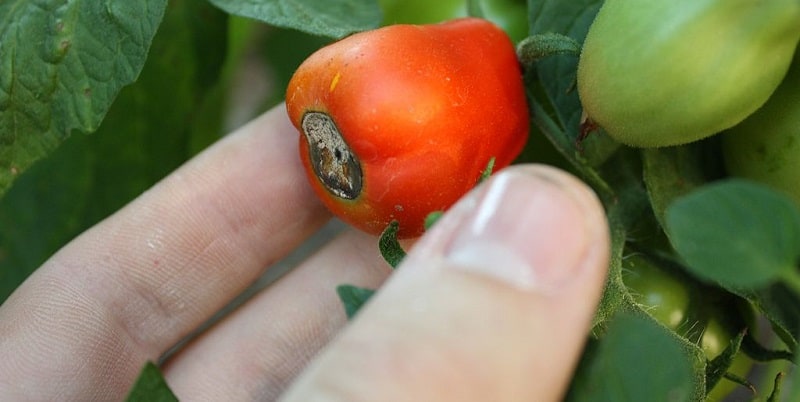
Beneath the soil there’s even more going on. Plants can suffer from “wet feet”; that is, the ground is too wet and their roots sit in puddles, eventually rotting.
When they’re too-well-watered plants can turn limp and yellow, convincing the ill-informed that they need more water when the opposite is true.
Don’t fret about this element of growing vegetables, it’s much easier to control than you might expect.
Check the soil for moisture; if the top two inches are dry, the plants need a drink. Give the plants their water in the mornings and try to only wet the soil.
It’s generally encouraged to allow the soil to begin drying out between watering.
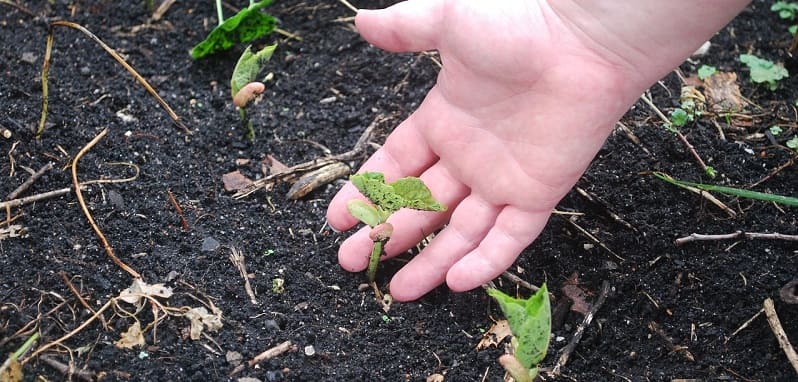
If it’s feasible, establishing irrigation lines is the best solution for watering vegetables. It guarantees that the soil and roots get wet, but that the leaves don’t.
The level of control you have with an irrigation system is incredibly valuable. Drip irrigation is often the most effective method to use.

As a final note on watering, the majority of problems growing vegetables can be traced back to bad watering practices.
A handy book on vegetable growing trouble shooting (Amazon Link) is worth its weight in gold.
Mulch It
It’s really that simple; mulch your garden.
It helps to maintain moisture levels, insulates plant roots from damaging cold, and eliminates the danger of creeping weeds. Suitable mulches include forest leaves from deciduous trees, pine needles, straw, and chipped wood.
Mulch can help conserve massive amounts of rain water; even in dry conditions this can be all your plants need to survive, requiring no or little supplemental watering.
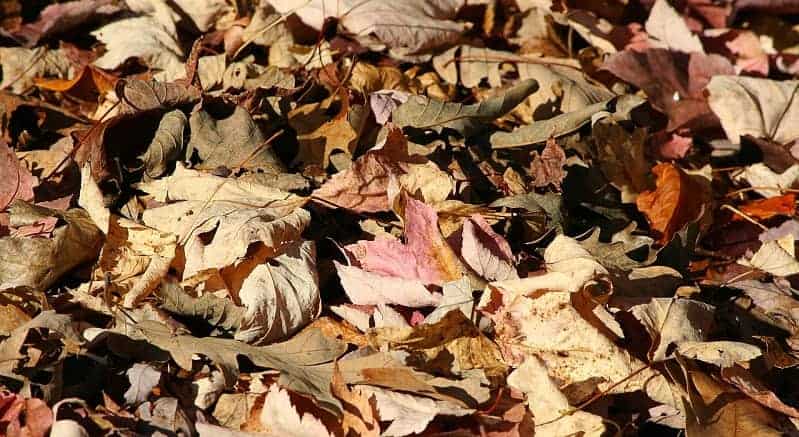
Add mulch twice a year to the garden, typically in spring and in the fall. Establishing a good layer of the stuff helps prevent weeds from germinating, so the earlier the better in most scenarios.
There’s no definite answer on what’s considered too much or too little mulch; in my experience, a two-inch layer in bare spots is ideal. The depth should feather to an inch or so around a plant.
Mulch packed right up to and touching the plant is detrimental. Maintain a small gap between mulch and plant to ensure adequate airflow and to prevent too much moisture developing into a fungal problem.
So we’ve got a good base layer of mulch established about twice a year. Don’t be afraid of “top dressing “ a bit more when you’re planting a new crop.
It bears mentioning that you don’t need to remove “old mulch” The longer mulch is in place the faster it breaks down and replenishes the soil. This is because mulch is a step or two above full-fledged compost in the scale of decomposition.
You Are What You Eat Eats
If we eat vegetables to get strong, where do the vegetables get what makes them strong?
Although there is a great amount of minerals and nutrition vegetables subsist off to thrive and produce bountiful crops, there are a few that tend to be more important than others.
Primarily we’re looking at nitrogen, phosphorus, and potassium.
These “big three” are what largely contributes to healthy plants and worthwhile crops.
Espoma makes an excellent fertilizer (Amazon Link) for vegetables and is the one I use in my own garden. The downside of using these types of fertilizers is that they aren’t readily procurable without a visit to the store or an online resource.
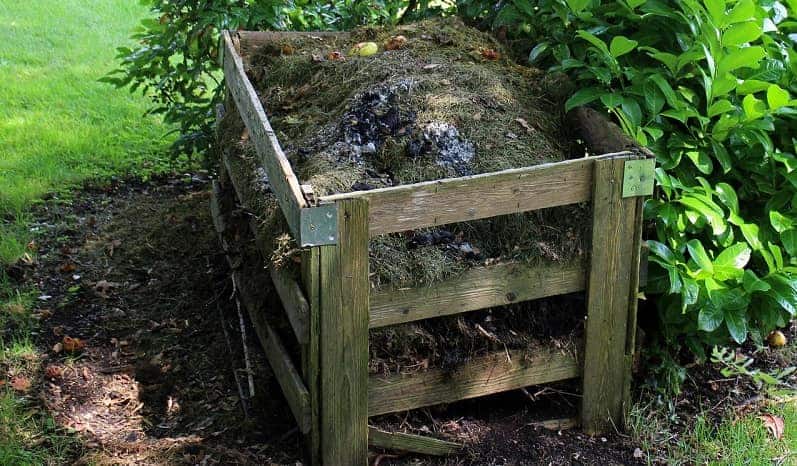
Compost, manure, and a rotating use of cover crops allow soil to naturally replenish what is being used by plants. Additionally these sources of fertilizer are much more readily available than a store-bought option. A varied source of fertilizers is ideal.
I Don’t Have a Good Site for a Vegetable Bed
It is possible that your location will be too rocky or that it’s in an area that’s had too many chemicals or pollutants dumped on it, to grow a good garden.
In that case, alternative solutions are called for. Try using the old-fashioned five-gallon bucket and other containers to grow your food.
Try using a pallet design to introduce vertical gardening to an area with limited space. With enough planning you could build raised beds and other ways to circumvent the problem of poor soil.
But what if you’re really strapped for time?
What if you’ve got other problems to solve; earth to move, trees to clear and split, and berms to build?
I hear you; what if you could tackle all of those projects and establish an area to grow food using the waste products of all of these actions?
In that case, let’s talk about…
Hügelkultur
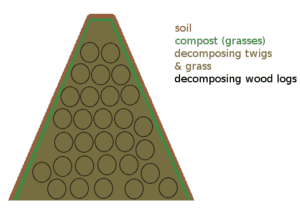
An ingenious method of building a low-maintenance garden, Hügelkultur is built on a principal of water conservation by mimicking natural environments.
Toss out your ideas of flat garden beds and get ready for this.
Stack a pile of logs, limbs, branches, and shrubbery in a row about five to ten feet wide by whatever length you desire. The height should be about three feet from the grade.
On top of this add layers of compost and organic material, then add layers of top soil to finish the construction.
Apply mulch to the top layer, and plant your seeds and plants inside of it.
You’ve got a mounded garden that requires practically no water, can be built from waste products from your site, and is a long-lasting location that requires little, if any, fertilizing because the organic matter forming the base of the structure continuously feeds it.

Because the rotting wood holds onto moisture, it will release liquid slowly and at a controlled rate into the mound. As the compost material breaks down and releases organic matter, the plants will eat it up and perform their vital processes.
It’s an elegant solution to multiple problems:
- disposing of initial waste products from building a site
- Finding a long-term solution for growing food that requires little water
- Establishing some basic “high ground” in the event it’s needed.
These berms of vegetable growth can even be used to form a perimeter if necessary around a primary site.
Recommended: Starting A Permaculture Garden
Calorie-Dense Vegetables to Grow
First off, check out our list of 11 fast-growing vegetables you can add to your site. If you’re looking for a more calorific product, expect to spend a fair bit of time waiting for the crop to mature.
Starchy vegetables are a good solution to finding a calorie-dense meal.
Potatoes
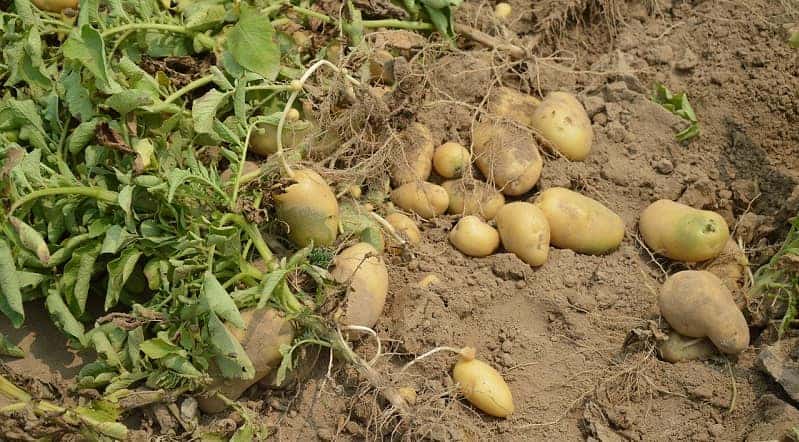
Potatoes are an excellent choice. They can take anywhere from 70 to 90 days to mature, depending on their species; a safe measure is to harvest the potatoes about two weeks after they go to flower.
If you’re storing potatoes don’t wash the dirt from their surface. As they grow their tubers can become exposed above the soil grade; cover this with more soil or a straw/mulch.
Rotate the site where you grow potatoes every three years to avoid depleting the soils of vital nutrients.
Soybeans
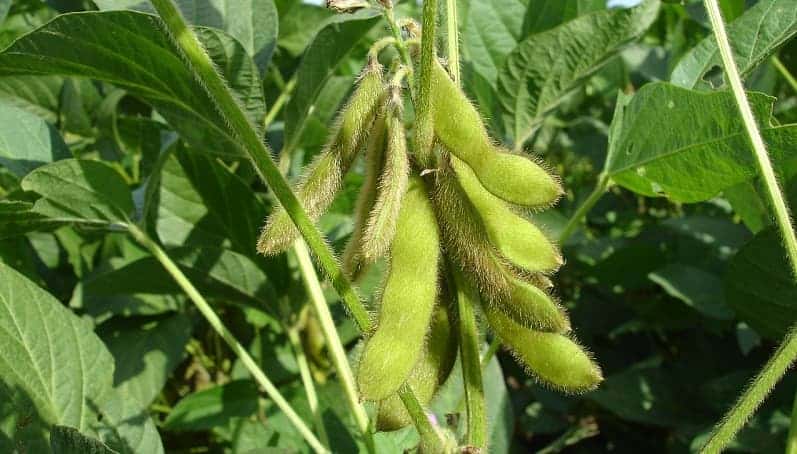
A similar crop that requires a three-year rotation is soybeans. They’re a calorie-rich food with many uses.
They take somewhere between 40 and 60 days to mature, which isn’t too bad in the grand scheme of things, one downside is they take up a good chunk of room when they grow.
Sunflower Seeds
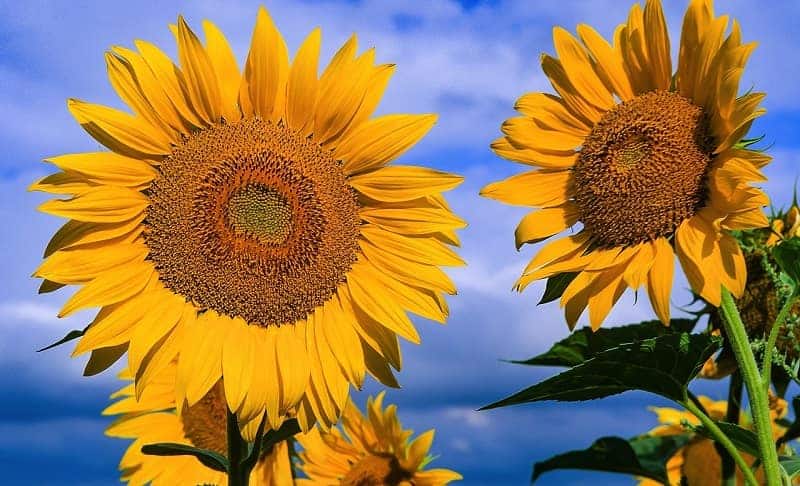
Sunflower seeds are a powerhouse food, though you’ve got to wait until the end of summer to harvest them; that’s alright, though, because the seeds promise a new crop next season and the massive stalks of these flowers breaks down into a fertilizer for next year.
The common pea and carrot are also ideal calorie-dense foods that are nutritious and relatively fast growing.
“Growing” Forward
I’m allowed a cheesy joke here and there, right?
Garden prep is often a heavy workload, but it’s something that can be accomplished in a day or two of hard work, followed by regular but minimal maintenance and upkeep.
In some cases, initial site preparation is a thorough and traditional approach.
Other times, you need to stack compost and soil on top of logs.
That’s why gardening is such a great pastime to pursue before you need to.
By learning the basics now and getting some experience under your belt, you’ve got a heads up for when you really need to use that knowledge.
For More About Producing Your Own Food: Producing Food Overview
Read here to determine how much to plant for a year’s supply of food.


Hugelkultur is the correct word
Thanks have fixed that typo.
‘scuse me, but blossom end rot is a calcium deficience, not a water problem. While overly wet conditions early in the season exacerbate the problem, it’s not the cause.